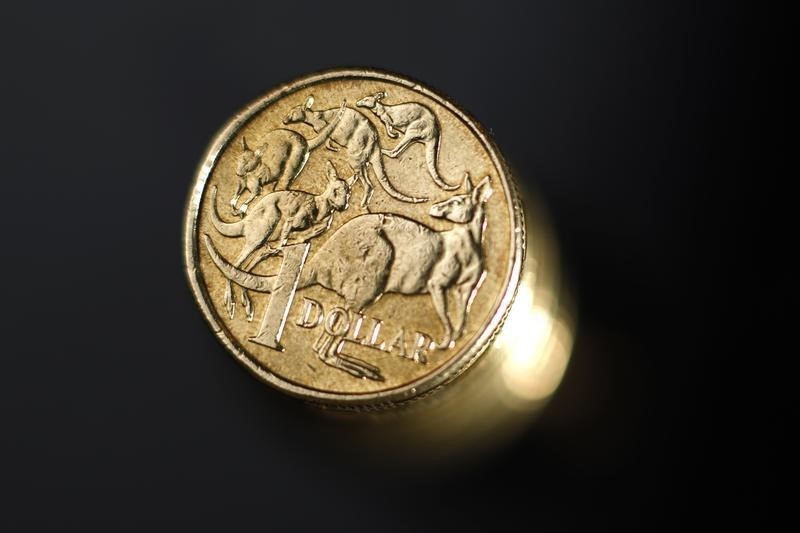SYDNEY, Dec 1 (Reuters) - The Australian and New Zealand dollars proved resilient on Thursday against a broadly firmer U.S. counterpart and sliding iron ore prices, as carry trade demand drove the pair to multi-month peaks against the yen.
The Australian dollar AUD=D4 edged up to $0.7390, having skidded 1.3 percent on Thursday when U.S. bond yields surged. Support was found at $0.7364.
It briefly dipped following a surprising 4 percent drop in local business investment versus forecasts of a 2.5 percent fall. Planned investment estimates for 2016/17 also came in well under expectations at $106.9 billion. L4N1DW0AC
While the data underlined the risk of an economic contraction in the third quarter, a rare event in the Australian economy, the Aussie dollar quickly recovered as the report did little to change the market's view on interest rates.
"The Reserve Bank of Australia (RBA) is more concerned about low inflation than business spending," said Elias Haddad, a senior strategist at Commonwealth Bank of Australia.
The central bank holds its monthly policy review on Dec. 6 and is considered almost certain to keep rates at a record low of 1.5 percent.
Underpinning the Antipodean currencies was carry trade demand, where investors borrow at low rates in yen to buy higher yielding assets.
The Aussie held near seven-month highs against the yen to trade at 84.45 AUDJPY=R . A break of 84.81 would test the April peak of 86.46. The Aussie surged nearly 6 percent last month.
Likewise, the New Zealand dollar climbed to 81.25 yen NZDJPY=R , a level unseen since early this year. It rallied more than 8 percent in December, the largest monthly gain in seven years.
Against its U.S. counterpart, the New Zealand dollar NZD=D4 was steady at $0.7080. It dipped 0.7 percent on Thursday and away from this week's peak of $0.7170.
Strong support was found at $0.7075, then $0.7034.
New Zealand data showed house prices grew at the slowest pace in six months in November, signalling some easing of pressure in the red-hot property market.
Earlier this week, the Reserve Bank of New Zealand (RBNZ) flagged possible restrictions on mortgage lending to curb a soaring property market, suggesting it was done cutting rates.
Following a rout in U.S. Treasuries, New Zealand government bond 0#NZTSY= yields rose as much as 10 basis points at the long end of the curve.
Australian government bond futures also eased, with the three-year bond contract YTTc1 off 5 ticks at 98.040.
The 10-year contract YTCc1 dropped 8 ticks to 97.2300 in a bearish steepening of the curve. The 20-year contract YXXc1 was steady at 96.6125.
Australian 10-year cash bond yields AU10YT=RR rose to 2.80 percent and a break of 2.82 percent would be the highest since early January. (Editing by Shri Navaratnam)
